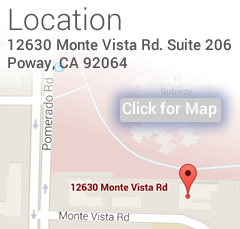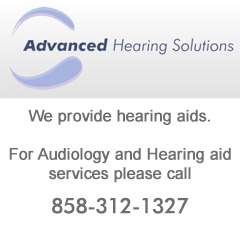Pediatric ENT in Poway, San Diego
Please note as of January 2022, Rancho ENT only sees children ages 15 and up to parallel the hospital’s policies for admission and treatment. Occasional exceptions are made for children ages 10 and up for non-emergent issues.
It’s the time of the year for holidays, celebrations, vacations, and yes, unfortunately, the time of the year for many of our young ones to bring home the sniffles. While getting the usual cold is perhaps unavoidable, stopping the chain from progressing to ear infections and sinus infections should help our children feel better faster.
Why are children more susceptible to ear and sinus infections?

Children are also easier targets than adults for infections because our body’s defense system is one which will only get wiser with time. In essence, the body helps to prevent infections by remembering how it fought a particular virus or bacteria the first time, limiting or even preventing a second infection to the same virus or bacteria in the future. Hence, adults get less infections than children because their immune system is more experienced. A typical adult gets about three colds per year, while a child may get six or seven.
How can ear infections and sinus infections among children be prevented?
So how do we prevent the chain? First and foremost, we prevent the chain from ever starting. Simple things like washing hands, avoiding sharing of drinks and covering our mouths and noses with our elbows or arms during sneezing and coughing, are the basic measures which we all already teach our children.
If the chain starts, as it typically will with a cold, consider using over the counter cold medicines with a decongestant, if your child is otherwise healthy and over 2 years of age. If you are unsure about your child’s health, check with his or her physician, but most children over 2 years are able to take decongestants without trouble when given in appropriate doses (under 2 years check with a doctor first). The decongestant will help keep the sinuses and the ears from building fluid by decreasing the swelling in the nose. Decongestant medications typically used are pseudophedrine or phenylephrine grouped with other medications for cough and fever (i.e. Tylenol Cold or Dimetapp). Children’s Tylenol may be used in addition to a decongestant if the decongestant product does not have Tylenol in it. Tylenol may be used to help with fevers and may help your child feel better. Chicken soup and steam may be added if desired.
At what point should I take my child to an ENT specialist?

Sore throat without nose congestion, or a particularly bad sore throat also warrants evaluation and a throat culture to help distinguish viral infections from strep throat which will require antibiotics to get better. Development of ear pain or fluid draining from the ear is also an ominous sign for the development of a bacterial ear infection which may also require antibiotics.
As we mentioned, frequent colds are expected in our younger children as a part of their immune system’s learning process. However, frequent infections of the ears, sinuses and throat should not be considered normal and can be harmful to your child’s health. Frequent ear infections may lead to hearing loss from fluid build up in the ears, or even more serious ear conditions. Frequent throat infections may lead to swollen tonsils and adenoids causing night time breathing problems such as snoring, sleep apnea, as well as increased frequency of ear and throat infections from bacteria that stay in the tonsils and adenoids. In these situations, treatment with medication or surgery may be necessary and a visit to an ear nose and throat specialist may be helpful.
If you are concerned about your child’s health or wish to learn more about what was discussed in this article, please schedule a visit for personalized pediatric ENT care in San Diego by calling 858-674-1165.
SAN DIEGO RANCHO ENT IS A DIFFERENT KIND OF MEDICAL PRACTICE
At Rancho Ear, Nose and Throat we are a doctor’s office:
- Where we strive to keep you on time because we know your time is valuable.
- Where phone calls are answered by our helpful team members, not an automated system.
- Where our staff looks you in the eye when you walk in—and greets you by name.
- Where appointments last as long as it takes to answer all your questions.
- Where your doctor learns your history & works with you to create a treatment plan you are completely comfortable with.
- Where the focus is on you, not your paperwork.
- Where you are a person as well as a patient.






